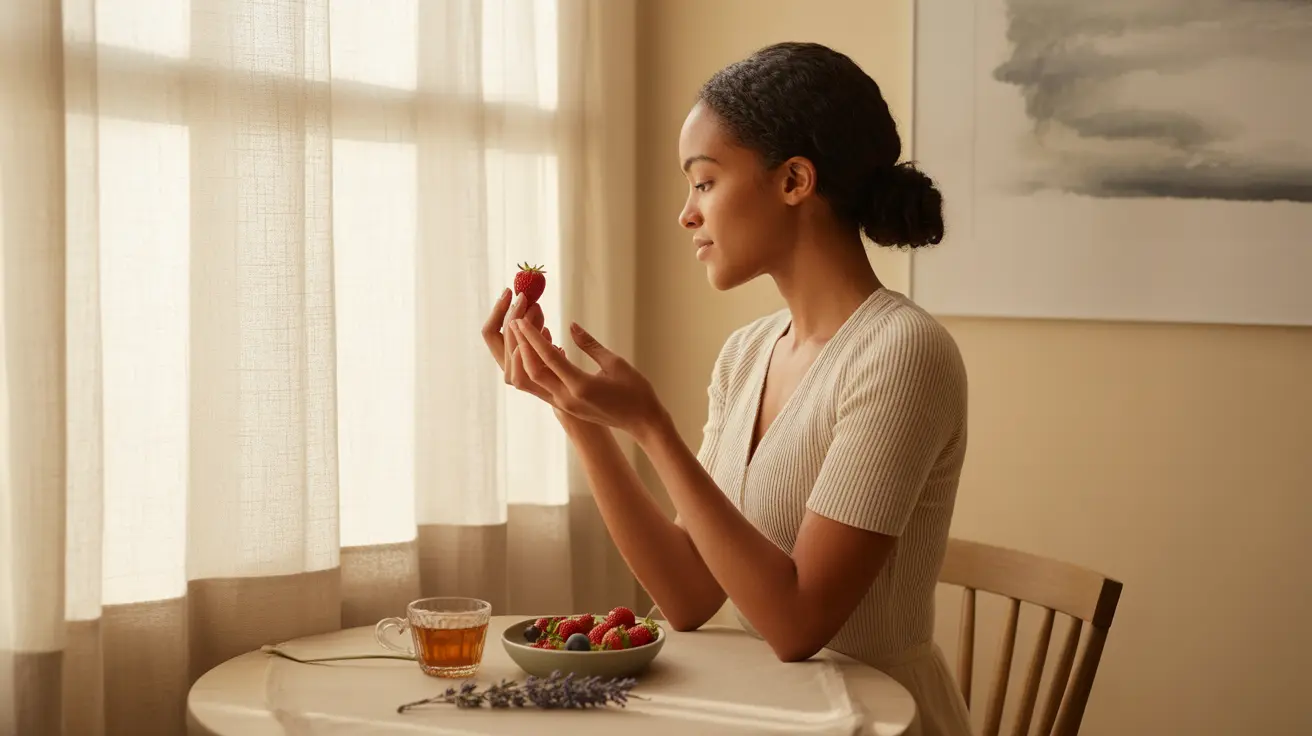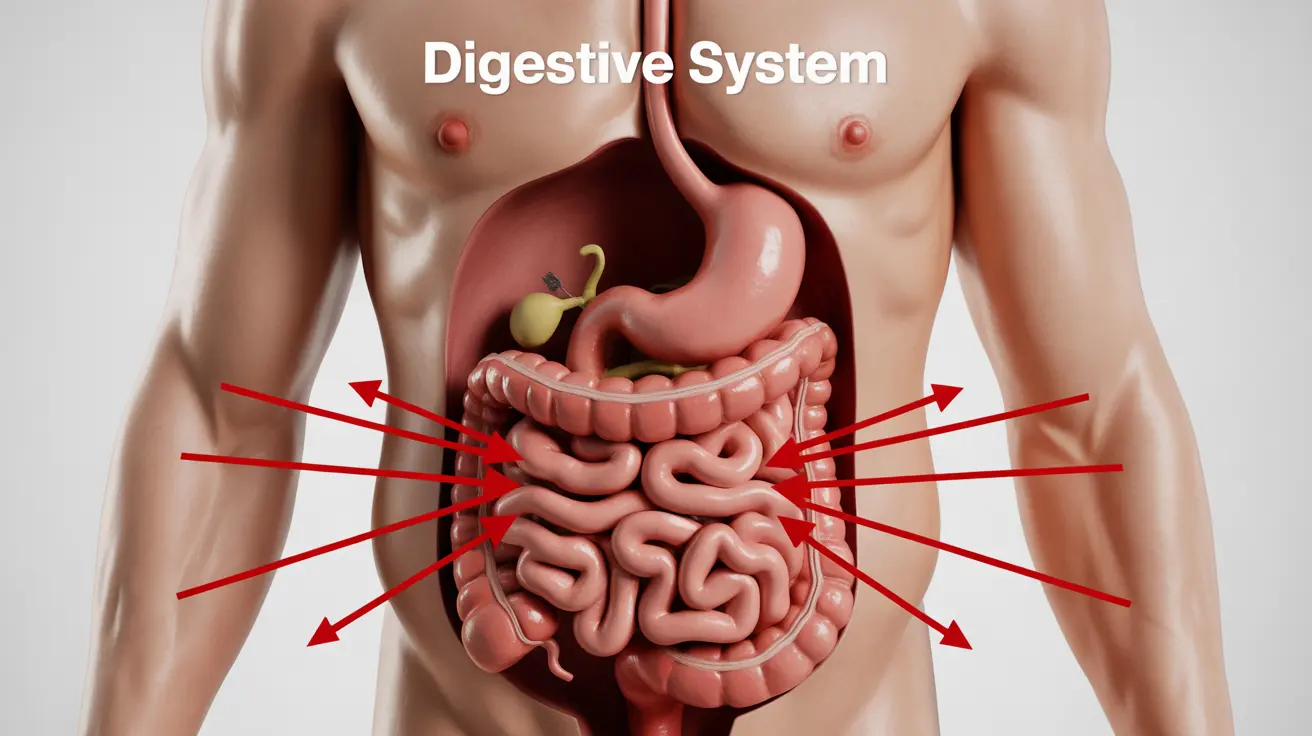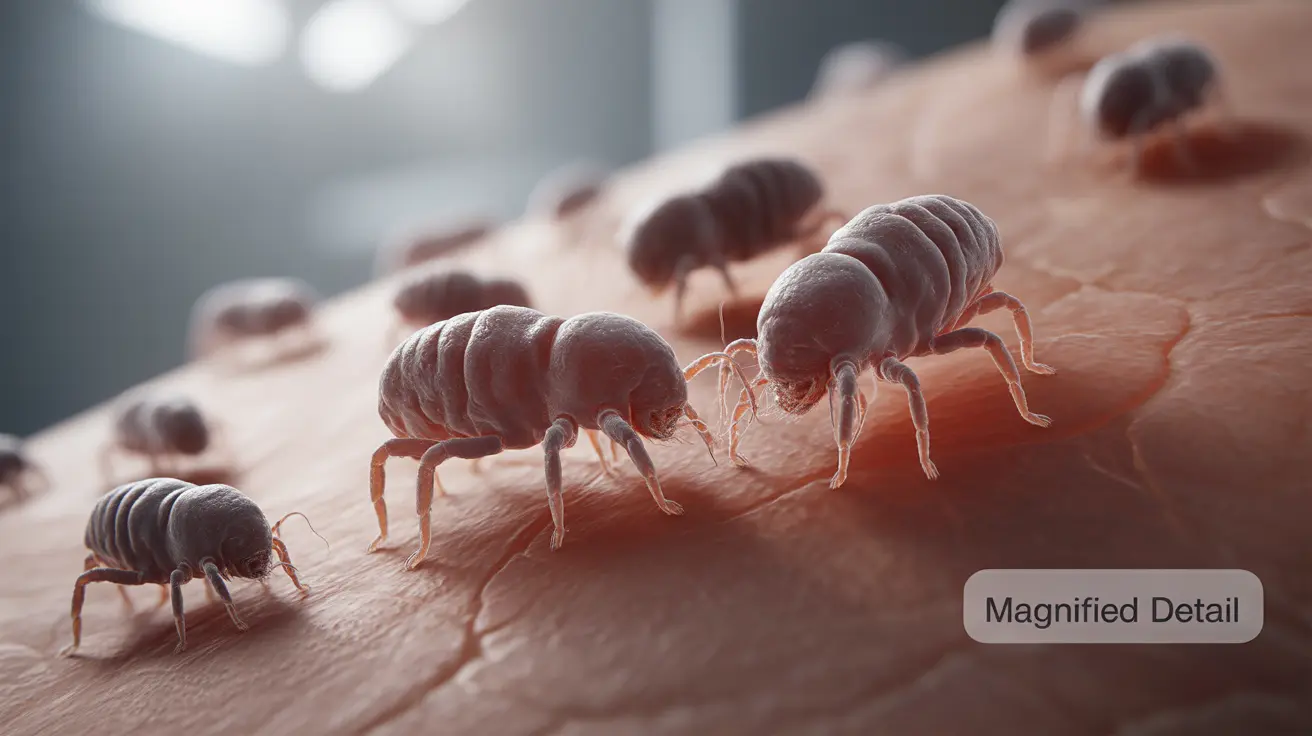Dieffenbachia, a popular indoor plant known for its lush, tropical foliage, is a staple in many homes and offices. However, this attractive houseplant harbors a hidden danger that every plant enthusiast and homeowner should be aware of. In this article, we'll explore the potential risks associated with dieffenbachia, its toxic components, and what to do if accidental exposure occurs.
Understanding the risks of dieffenbachia is crucial for maintaining a safe environment, especially in households with children and pets. By learning about its toxic properties and proper handling, you can continue to enjoy this beautiful plant while minimizing potential hazards.
What Makes Dieffenbachia Poisonous?
Dieffenbachia's toxicity stems from two primary components found throughout the plant:
- Oxalic acid
- Asparagine (an amino acid)
These substances are present in the leaves, stalks, and roots of the plant. When ingested or even when plant sap comes into contact with skin or mucous membranes, these components can cause a range of uncomfortable and potentially serious symptoms.
Recognizing Symptoms of Dieffenbachia Poisoning
Exposure to dieffenbachia can result in various symptoms, depending on the type and extent of contact. Common signs of dieffenbachia poisoning include:
Oral and Digestive Symptoms
- Burning sensation in the mouth and throat
- Swelling of the tongue and lips
- Difficulty swallowing or speaking
- Excessive salivation
- Nausea, vomiting, and diarrhea
Eye-related Symptoms
- Redness and irritation
- Pain and burning sensation
- Swelling around the eyes
- Potential corneal damage in severe cases
Respiratory Concerns
In rare but severe cases, the swelling caused by dieffenbachia exposure can affect the airways, leading to breathing difficulties. This is a medical emergency requiring immediate attention.
Immediate First Aid for Dieffenbachia Exposure
If you suspect dieffenbachia poisoning, taking quick action is crucial. Follow these steps:
- Remove any plant material from the mouth or affected area.
- Rinse the mouth thoroughly with cool water.
- Wash exposed skin or eyes with plenty of water for at least 15 minutes.
- Do not induce vomiting unless specifically instructed by a medical professional.
- Contact poison control immediately at 1-800-222-1222 for expert guidance.
Remember, while these first aid measures are important, they are not a substitute for professional medical advice. Always seek proper medical attention, especially if symptoms are severe or persistent.
Seeking Professional Medical Help
After initial first aid measures, it's important to consult with healthcare providers, particularly if symptoms are severe or persistent. Medical professionals may:
- Monitor vital signs
- Provide supportive care, such as IV fluids if necessary
- Treat specific symptoms as they arise
- Consult with specialists, such as ophthalmologists for eye-related issues
When seeking medical help, try to provide as much information as possible about the exposure, including the amount of plant material involved and the time since exposure.
Preventing Dieffenbachia Poisoning in Your Home
While dieffenbachia can be a beautiful addition to your indoor plant collection, taking precautions is essential, especially in homes with children or pets:
- Place dieffenbachia plants out of reach of children and pets.
- Consider replacing dieffenbachia with non-toxic alternatives in high-risk households.
- Always wear gloves when handling or pruning the plant.
- Wash hands thoroughly after any contact with dieffenbachia.
- Educate family members about the potential risks of the plant.
By implementing these preventive measures, you can significantly reduce the risk of accidental exposure while still enjoying the beauty of indoor plants.
Frequently Asked Questions
- What are the symptoms and risks of dieffenbachia poisoning if ingested accidentally?
Symptoms of dieffenbachia poisoning can include burning and swelling in the mouth and throat, difficulty swallowing or speaking, excessive salivation, nausea, vomiting, and diarrhea. In severe cases, there's a risk of airway obstruction due to swelling, which can be life-threatening.
- How do you treat dieffenbachia poisoning at home before seeking professional medical help?
For immediate home treatment, rinse the mouth thoroughly with cool water, wash any exposed skin or eyes with water for at least 15 minutes, and remove any remaining plant material. Do not induce vomiting. Contact poison control at 1-800-222-1222 for further guidance and seek medical attention if symptoms are severe.
- Can dieffenbachia poisoning cause long-term damage to the eyes or throat?
While most cases of dieffenbachia poisoning resolve without long-term effects, severe exposure can potentially cause corneal damage to the eyes. Throat irritation typically subsides within a few days to weeks. However, it's crucial to seek medical evaluation to prevent any potential long-term complications.
- What immediate steps should I take if my child or pet ingests parts of a dieffenbachia plant?
If a child or pet ingests dieffenbachia, remove any remaining plant material from their mouth, rinse their mouth with water if possible, and immediately contact poison control or a veterinarian for pets. Do not induce vomiting unless instructed by a professional. Seek emergency medical care if there are signs of severe reactions or breathing difficulties.
- How can I prevent accidental exposure to dieffenbachia in my home, especially for children and pets?
To prevent accidental exposure, keep dieffenbachia plants out of reach of children and pets. Consider placing them in hanging baskets or on high shelves. Educate family members about the plant's toxicity, and always supervise young children and pets around houseplants. If the risk is too high, consider replacing dieffenbachia with non-toxic plant alternatives.
By understanding the risks associated with dieffenbachia and taking appropriate precautions, you can safely enjoy this popular houseplant in your home. Remember, knowledge and prevention are key to avoiding potential poisoning incidents and maintaining a safe environment for all members of your household.




